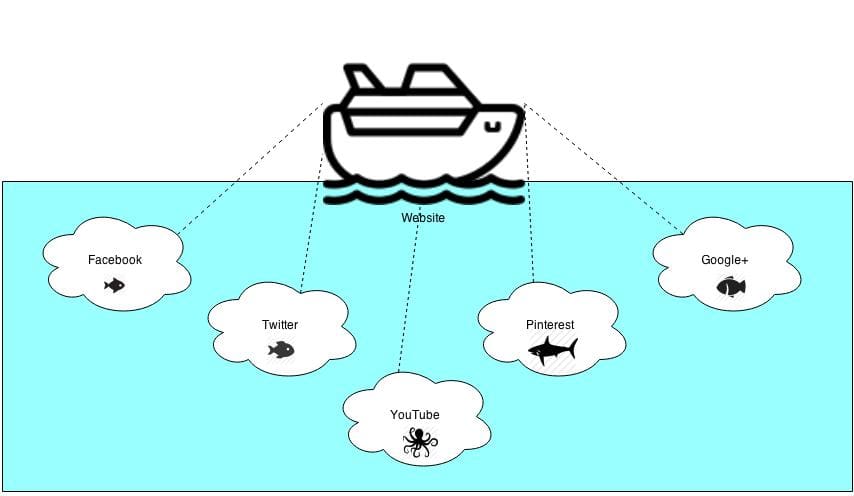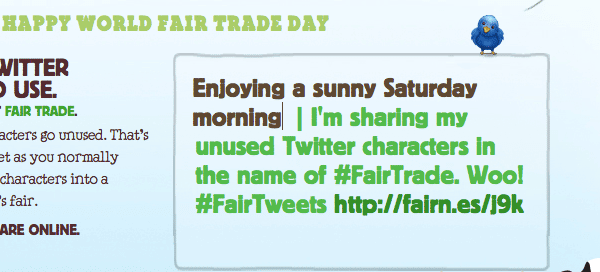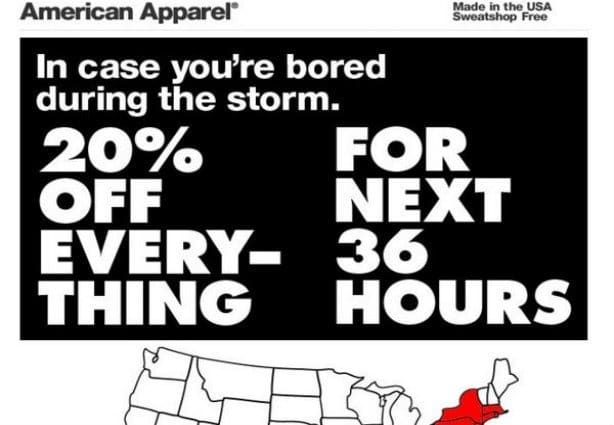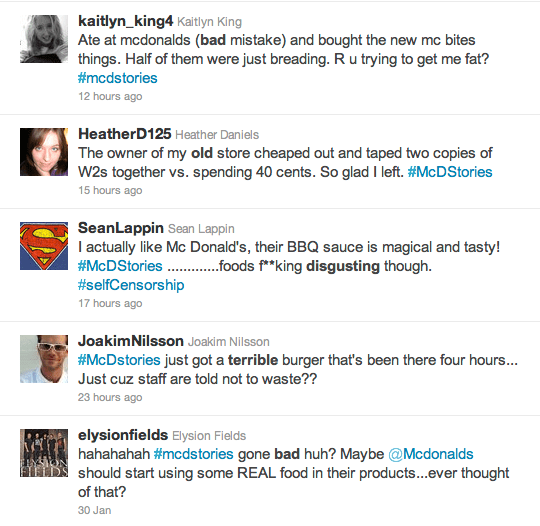These days it seems like everyone and their dog are members of the social media club for individual or business use. If you’re just starting your journey into social media, looking to cement your place or are nervous about joining the club, our starters guide may hold some information to get you started.
What is social media?
Social media is a category of websites based on user participation and user generated content. It is primarily used for the exchange of information and ideas between individuals, and more recently brands.
Common social media networks include:
- YouTube
- Vimeo
- Google+
- Pintrest
How should we be using social media?
Social media is best used to engage people and cultivate meaningful two-way relationships. Attracting people to your website is where you’ll win further business, build your brand reputation or increase interest in a product or service.
A good analogy for the use of social media is to think of the main website as a boat, with social media sites being fishing nets. The more nets you have, the more fish you can catch. If these nets are then linked together they have a greater capacity for catching fish. Finally, the stronger the links back to the boat are, the more fish will end up being transferred from the nets (social media) to the boat (main website).

Advanced social media
In order to maximise the effect of social media marketing we need to; set a strategic process, set objectives, gather useful information and engage appropriately with your audience. The use of social media also offers a fantastic opportunity to get to know your target audience, and in doing so better influence your future marketing.
Your social media data can also help you create web personas to increase the chances that your target audience will buy your products and services via your website when they visit.
It is also important to consider the types of content that are used in order to communicate effectively with your target audience, be it to entertain, inspire, educate or convince, as the use of inappropriate material has the potential to alienate your target audience. It is unlikely for instance that a charitable group will reach their target audience by publishing data sheets and prices, as people connecting with this type of group tend to identify with content that raises awareness and connects on an emotional level.
But social media is scary isn’t it?
The use of social media does come with some risks, but these are far outweighed by the huge opportunities on offer for both small and large businesses, individual projects and charitable groups. Through careful management and measurement, using social media can become very effective, hugely rewarding and also quite good fun!
The Good
Ben & Jerrys was praised for their innovative use of Twitter to spread awareness of Fair Trade, a cause that the company champions throughout all of it’s products and marketing. This saw the unused characters of tweets used to advertise the occasion.

The Bad
In 2012, American Apparel was criticised for posting a Tweet that encouraged followers who were being affected by Hurricane Sandy to make use of a 20% online discount to “in case [they were] bored during the storm”.

The Ugly
In 2012, McDonalds ran the #mcdstories promoted campaign to encourage users to post their favourite stories or memories in connection with McDonalds. Instead, users took the opportunity to share horror stories centred around the brand, coining the phrase “bash-tag”. In effect, McDonalds paid to promote a trend that showered them with bad publicity.
